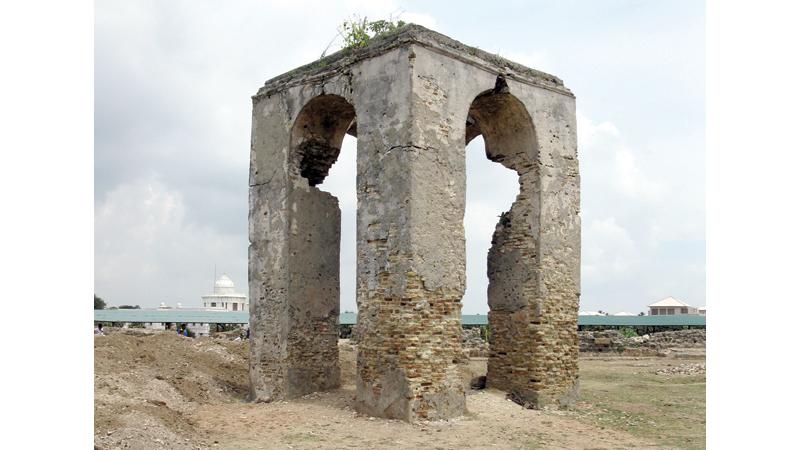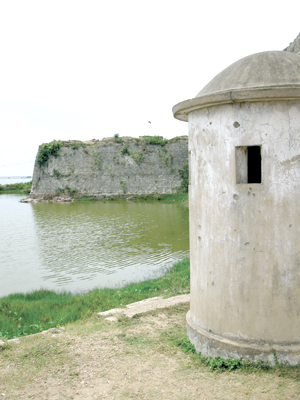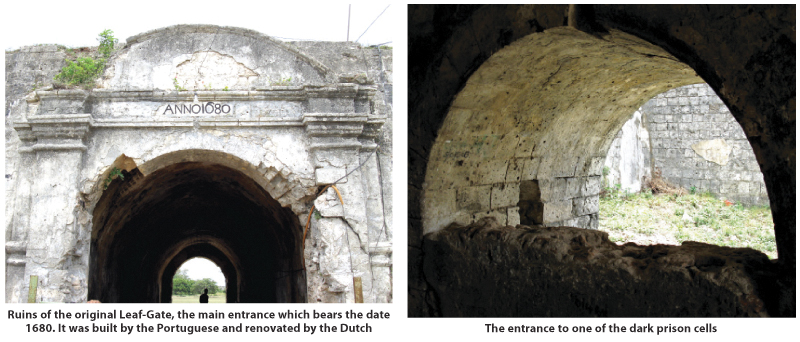
 Forts and fortifications in Sri Lanka date back thousands of years with many being built by Sri Lankan kings.These include several walled cities. With the start of the colonial rule in the Indian Ocean, Sri Lanka was occupied by several major colonial powers which from time-to-time became the dominant power in the Indian Ocean. The colonists built several western styled forts, mostly in and around the coast of the island.
Forts and fortifications in Sri Lanka date back thousands of years with many being built by Sri Lankan kings.These include several walled cities. With the start of the colonial rule in the Indian Ocean, Sri Lanka was occupied by several major colonial powers which from time-to-time became the dominant power in the Indian Ocean. The colonists built several western styled forts, mostly in and around the coast of the island.
Forts
The first to build colonial forts in Sri Lanka were the Portuguese. These forts were captured and later expanded by the Dutch. The British occupied these Dutch forts during the Napoleonic Wars.
 The moat, a deep and broad ditch filled with
water was built to tighten security
|
The Jaffna Fort is the second biggest Fort built in Sri Lanka by the Portuguese in Jaffna in 1618 under Philip De Olivera after the invasion of Jaffna by the Portuguese. It was captured by the Dutch under Rijcklof van Goens in 1658. The Dutch expanded the fort.
The Dutch Lieutenant-General’s house stood where the Queen’s House was earlier.
The Jaffna Fort is on the southern edge of the Jaffna peninsula bordering the lagoon and lies between it and the mainland. The Dutch built the inner pentagon first, the main gate of which bears the date 1680.
The entrance of the Jaffna Fort that was originally built by the Portuguese was later renovated by the Dutch in 1680. Surrounding the fort was a wide moat and there was a drawbridge leading to the main gate.
The Palmyrah tree was selected for the Dutch Coat of Arms of the Jaffna Commandment.
However, the British captured the Jaffna Fort in 1795. It remained under the control of a British garrison till 1948. As the only large military fort in the country, due to the presence of only government and military buildings within its ramparts, it was garrisoned by a detachment of the Ceylon Army.
Queen’s House
The Queen’s House was used by the Governor General in the British era and by the judges of the Supreme Court and government ministers and other high officials during their periodic visits to Jaffna. Cannons mounted all round the ramparts remained in position till about 1940, when all the cannon balls were melted down.
The Dutch church within the Fort had been bombed and completely destroyed. As this structure had been documented its ancient layout could be identified. Its broad walls had been constructed in limestone and bricks.
Buildings
The buildings in the fort include the Governor’s Parade Ground, Police quarters and several buildings of the Portuguese era.
The other buildings such as the old prison, the hospital and the additional buildings had undergone much destruction. The belfry on the inner rampart is similar to those found in other Dutch forts. Today, their walls are missing.
The Jaffna Fort and the buildings that had been constructed during the occupation of the island by the Portuguese, Dutch and the British had been destroyed due to terrorism and is now being renovated with Dutch funding.

